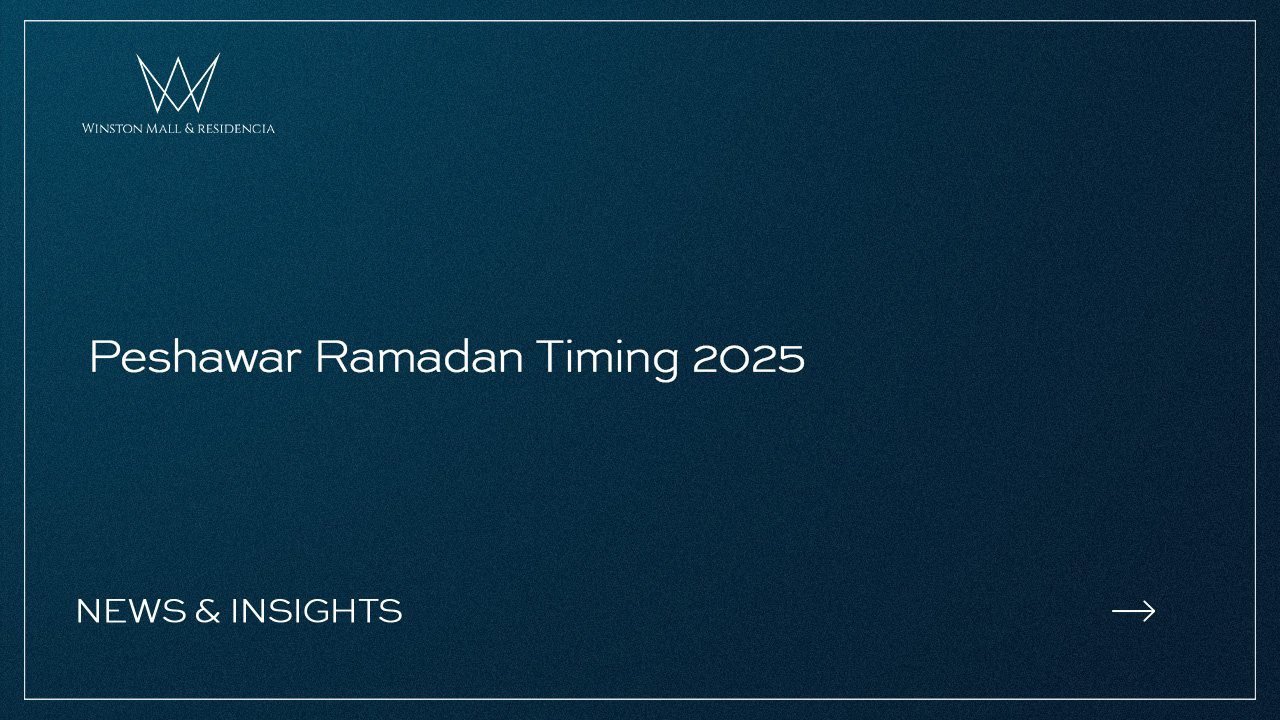February 21st marks International Mother Language Day, a global celebration of linguistic and cultural diversity. This commemorative day holds special significance for Pakistan, where the movement to promote native languages faces ongoing challenges. As we prepare to mark Mother Language Day 2024, it is an apt moment to reflect on this observance, its historical roots here in the Subcontinent, and its continued relevance in contemporary Pakistani society.
The story begins in erstwhile East Pakistan, where student activists rose in protest in 1952 to advocate for recognition of their mother tongue, Bengali. Their struggle sowed early seeds of ethnic nationalism that came to fruition in the 1971 independence of Bangladesh. The martyrdom of these advocates of linguistic identity helped inspire UNESCO’s decision in 1999 to proclaim International Mother Language Day. More than two decades on, their legacy remains deeply meaningful in Pakistan.
Even today, promoting education and literacy in Pakistan’s range of native languages – including Punjabi, Pashto, Sindhi and Balochi – faces structural barriers. On this year’s Mother Language Day, let us explore this issue and how nurturing local languages can empower citizens and connect communities to their shared roots. Indigenous languages are threaded into Pakistan’s diverse social fabric; this day is a timely call to reflection on preserving this linguistic heritage. I welcome you to join me in a thoughtful discussion on this topic – and an ode to the rich variety of poetry, stories and songs that resonate in the mother tongues of Pakistan.
Table of Contents
ToggleWhy is it Crucial to Preserve Languages?
Languages connect us to our ancestors, traditions, knowledge systems, worldviews and literary heritage. When a language disappears before it is documented, all of this rich cultural context and history vanishes with it.
According to UNESCO, nearly half of the over 6,000 languages currently estimated to exist in the world today could disappear by the end of this century. Languages are disappearing at an alarming rate as speakers pass away with no new generations carrying on that linguistic tradition.
Preserving languages preserves ways of knowing, seeing and understanding the world that are unique to each culture. Linguistic diversity allows us to gain more holistic views of humanity and protects different vulnerable subgroups. Maintaining indigenous and minority languages also empowers these communities, allowing them to more fully participate in society while retaining their identity.
Purpose of International Mother Language Day 2024
The theme for International Mother Language Day 2024 is “Teaching and learning of mother tongues for inclusion in education and society”.
This theme underscores how children’s participation and ability to learn improves when instruction is provided in a language they speak and understand. Yet currently 40% of students worldwide do not have access to education in a language they speak or understand according to UNESCO estimates.
The purpose of IMLD 2024 is therefore to underscore the critical importance of multilingual education and mother tongue instruction to make education inclusive for all. The day calls on governments, schools and educators to invest in and integrate mother tongue instruction into education systems.
History of International Mother Language Day
International Mother Language Day has been observed every year since February 2000 to promote linguistic and cultural diversity and multilingualism. Its origins go back to the 1952 Bengali Language Movement in Bangladesh, when student activists demonstrated for recognition of their native language.
In 1952, the government of the Dominion of Pakistan ruled that Urdu would be the sole national language despite Bengali being spoken by the majority in East Pakistan. On February 21st that year, students protested this change resulting in police firing and several deaths. The day is now commemorated in Bangladesh as the “Shaheed Dibosh” or Martyrs Day.
This student movement catalyzed Bangladesh’s eventually successful separatist struggle and independence in 1971. Their sacrifice demonstrated the strength of linguistic ties to national identity. This helped inspire UNESCO to later proclaim February 21st as International Mother Language Day to celebrate and preserve all languages globally.
The Current Situation in the World
Despite the observance of International Mother Language Day for over two decades now, many challenges persist globally in preserving and promoting multilingual education.
As mentioned earlier, 40% of the world’s school-age children still do not have access to education in a language they understand according to UNESCO. Marginalized linguistic groups continue to face discrimination, with pressure to assimilate to languages of wider communication like English, Mandarin, French and Arabic in schools and governments.
Even when minority languages are recognized, promotion is often limited to tokenistic efforts rather than systematic incorporation into key institutions. Schools, governments and media continue to emphasize languages with global economic value, while indigenous and minority native languages get left behind. As older speakers of these languages pass on, entire linguistic heritages remain at risk of dying.
Why Multilingual Education is Important?
Here are some of the key reasons why promoting multilingual education is crucial:
- Enhances understanding: Students learn best when instructed in languages they speak at home. Multilingual education enhances actual understanding and comprehension.
- Preserves languages: Integrating minority/indigenous languages into schools helps preserve vulnerable linguistic heritages by transmitting them to newer generations.
- Promotes inclusion: Facilitating education for linguistically diverse groups promotes their social inclusion and participation in society.
- Upholds rights: Linguistic rights are human rights – people should have the right to learn, communicate and participate in society in their chosen language.
- Develops intellect: Multilingualism has cognitive, social and academic benefits, improving memory, problem-solving skills and overall learning outcomes.
In summary, linguistically inclusive education empowers people to achieve their full potential while retaining their cultural identities.
What is the Theme of International Mother Language Day 2024?
As mentioned earlier, the theme for International Mother Language Day 2024 is “Teaching and learning of mother tongues for inclusion in education and society”.
This theme highlights the importance of mother tongue instruction in making education inclusive and effective for all. It is aligned with the UN’s Sustainable Development Goals of ensuring equal access to quality education and promoting lifelong learning opportunities.
On International Mother Language Day this year, UNESCO calls on governments to commit towards achieving SDG 4. Specifically, authorities must invest in teacher training, teaching materials and policies that promote the teaching and learning of students’ mother tongues as part of national education systems.
Schools also need adequate resources to provide early literacy instruction in minority languages while students transition to other national or local languages. By teaching children in languages they understand best, education systems can equip students with the tools needed to fully participate in society.
Conclusion
While linguistic diversity should be a cause for celebration of our shared humanity, many minority languages continue to be threatened in our increasingly interconnected world.
This International Mother Language Day serves as a timely reminder that languages are embedded with cultural memory, knowledge systems, and worldviews unique to each speech community. When languages fade without being properly documented, all this richness fades too.
Going forward, International Mother Language Day 2024 calls for strengthened efforts to mainstream multilingual education. Instruction in native languages has manifold benefits – empowering marginalized subgroups, enhancing student comprehension and learning outcomes, preserving endangered linguistic heritages, and promoting inclusion in society.
On this day, let us recommit ourselves to the timely and ambitious realization of the UN Sustainable Development Goals, including SDG 4’s emphasis on equitable quality education. This vision of an inclusive global community starts with equitable linguistic rights and access here at home – and investment in teaching and learning of all our mother tongues.
FAQs
When is International Mother Language Day observed?
It is observed every year on February 21st since 2000.
What was the first International Mother Language Day theme in 2000?
The inaugural theme in 2000 was “Celebrating Linguistic Diversity”.
How many languages exist in the world today?
By UNESCO’s estimates, between 6,000 – 7,000 languages exist today. However, nearly half face the risk of disappearing by 2100.
What percentage of the world’s population speaks the top 5 languages?
Over 50% of the world’s population speaks one of the top 5 languages – Mandarin, English, Hindi, Spanish and French.
Why is mother tongue education important?
Mother tongue instruction improves comprehension, inclusion, preservation of linguistic diversity, upholds rights, boosts intellect and achievements.
Winston Mall: please contact +92-314-5166334 or visit https://winstonmall.com/




